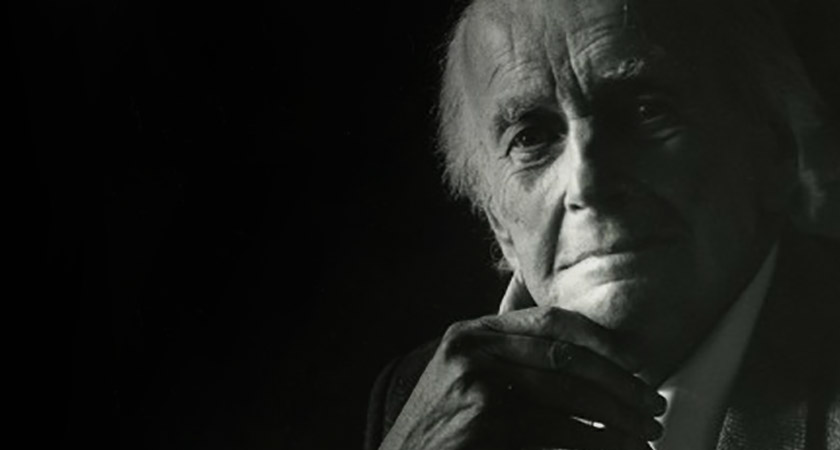NEXT week The Institute of Contemporary Arts in London will screen a new film depicting the life story of Irish essayist and philanthropist Hubert Butler.
The Kilkenny native made his name both as a respected essayist and a keen humanitarian—travelling to Nazi Austria to help save Jewish people from concentration camps during World War Two.
Here are seven things you should know about Ireland's holocaust hero:
1. He went from rural Kilkenny to Oxford University
Hubert Marshal Butler was born on October 2, 1900 at the family home of Maiden Hall, near to the village of Bennettsbridge in Co. Kilkenny.
Butler would later go on to gain a place at St John’s College, Oxford, from where he would graduate in 1922 with a degree in Classics.
After working for the Irish County Libraries, under the famed Sir Horace Plunkett, for four years, Butler travelled throughout inter-war Europe.
2. He was disgusted by anti-Semitic rhetoric in Ireland
Butler was deeply disturbed by some of the anti-Semitic sentiment found in Ireland prior to World War Two, particularly that of Fine Gael politician Oliver J. Flanagan.
In a 1938 Dáil speech, Flanagan said: “They (the Jews) crucified our Saviour 1,900 years ago and they have been crucifying us every day of the week.”
In response, Butler proclaimed: “I was as Irish as Oliver Flanagan and I was determined that Jewish refugees should come to Ireland."
3. He joined the Quakers and moved to Nazi Austria
On the eve of the war, Butler moved to Nazi Austria to attempt to secure visas to Ireland for persecuted Jews.
Working with both the Irish and American Quakers, he offered Jews safe passage to Ireland before helping them settle in the Americas.
![A Jewish shop in Vienna defaced with anti-Semitic slogans [Picture: Getty]](https://media.irishpost.co.uk/uploads/2016/09/Hubert_Butler_2.jpg) A Jewish shop in Vienna defaced with anti-Semitic slogans [Picture: Getty]
A Jewish shop in Vienna defaced with anti-Semitic slogans [Picture: Getty]4. He soon began smuggling Jews to Ireland
Butler’s first success story was that of Erwin Strunz and his family. Strunz had married a Jewish woman and converted to the faith, making him a particular target for the Nazis.
Upon learning of his imminent deportation to Dachau concentration camp, Strunz turned to Butler as his only hope of escape.
Thanks to Butler and his wife, Peggy Guthrie, the Strunz family got out of Vienna, fleeing to London and then to Co. Monaghan in Ireland, before eventually settling in Co. Waterford.
5. He saved scores of people
The exact number of Jews Butler saved from persecution and extermination is not agreed upon, but he certainly smuggled scores of people to safety.
Butler’s daughter Julia recalled the family home in Bennettsbridge as always being full of refugees passing through.
 Butler in later life [Picture: Lilliput Press Ireland]
Butler in later life [Picture: Lilliput Press Ireland]6. His later life was just as eventful
Featured chiefly in Dublin Magazine and Kilkenny People, Butler's essays were published widely throughout the 1980s and 1990s.
He later uncovered Catholic involvement in a number of World War Two atrocities, and clashed with the Vatican over the Croatian Ustaše regime’s genocide of non-Catholics.
In his writings, Butler covered local Irish history, archaeology, political and religious affairs and was even dubbed “Ireland’s George Orwell”.
7. A documentary on his life is showing in London on Tuesday
Butler’s story is told by biographer Robert Toibin and his own daughter, Julia, and is directed by Johnny Gogan.
Hubert Butler: Witness to the Future will air at The Institute of Contemporary Arts, London, on Tuesday, September 20.
The film starts at 6.30pm and will be followed by a panelled discussion. Tickets cost between £7 and £11.

